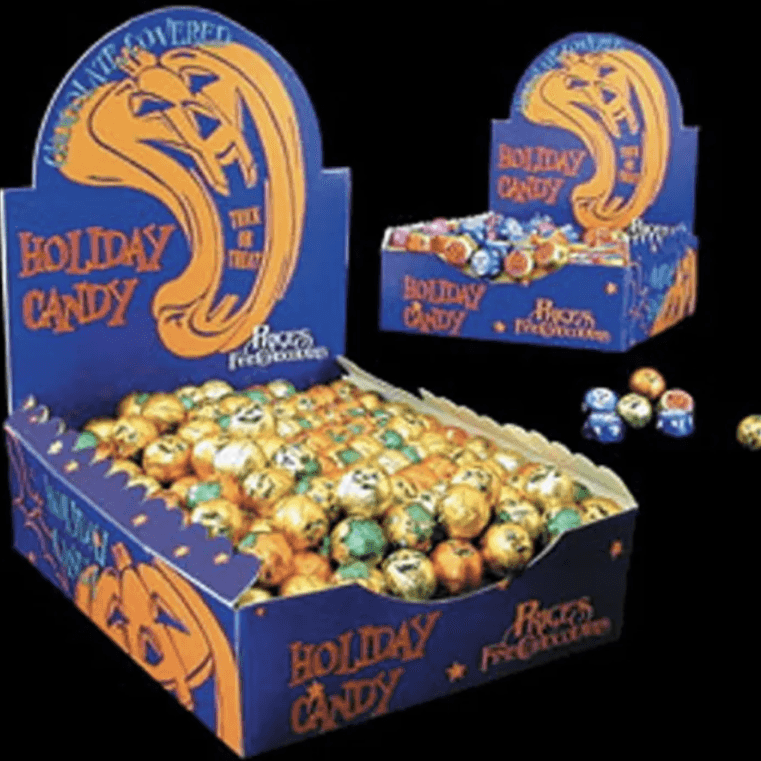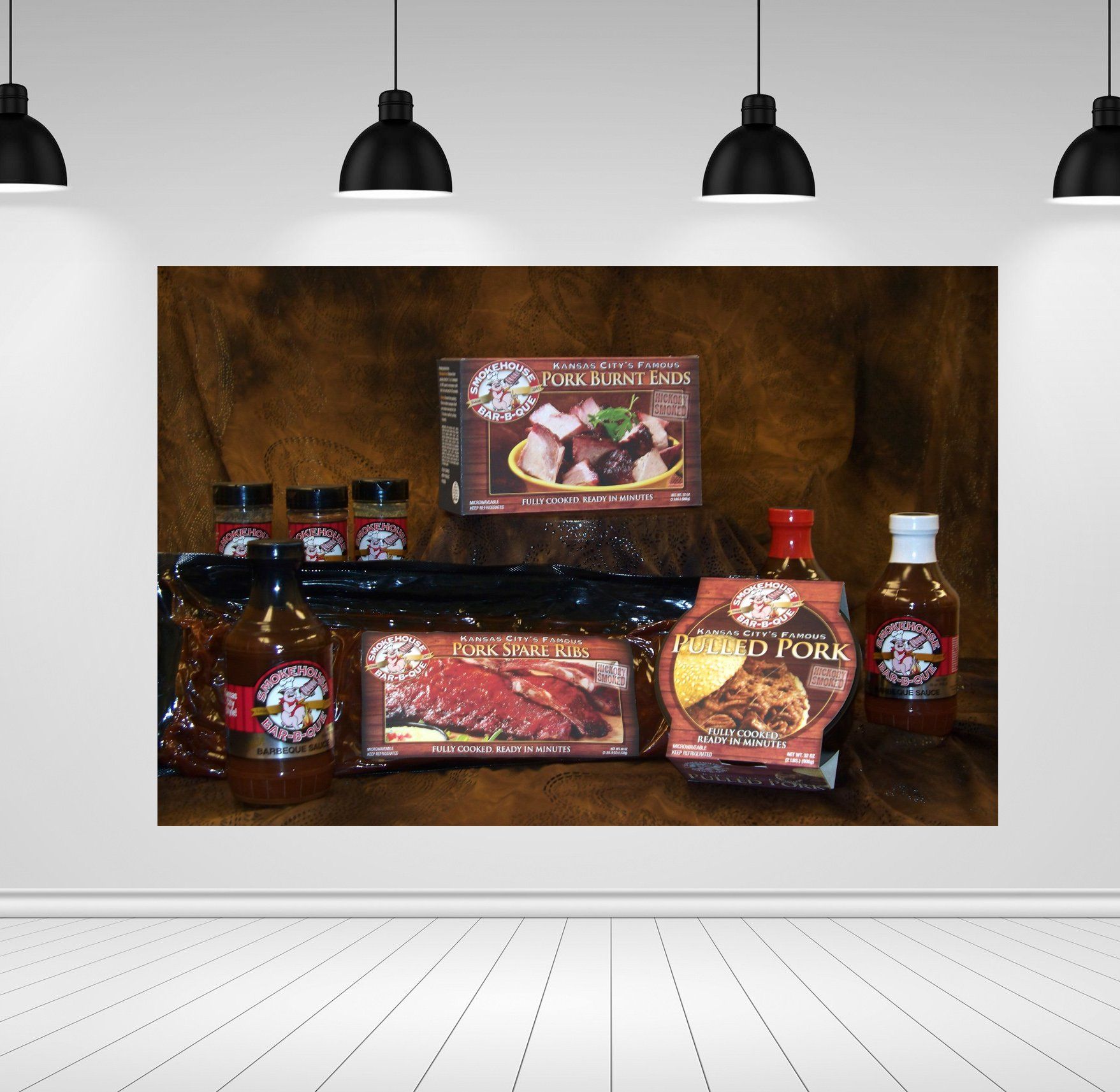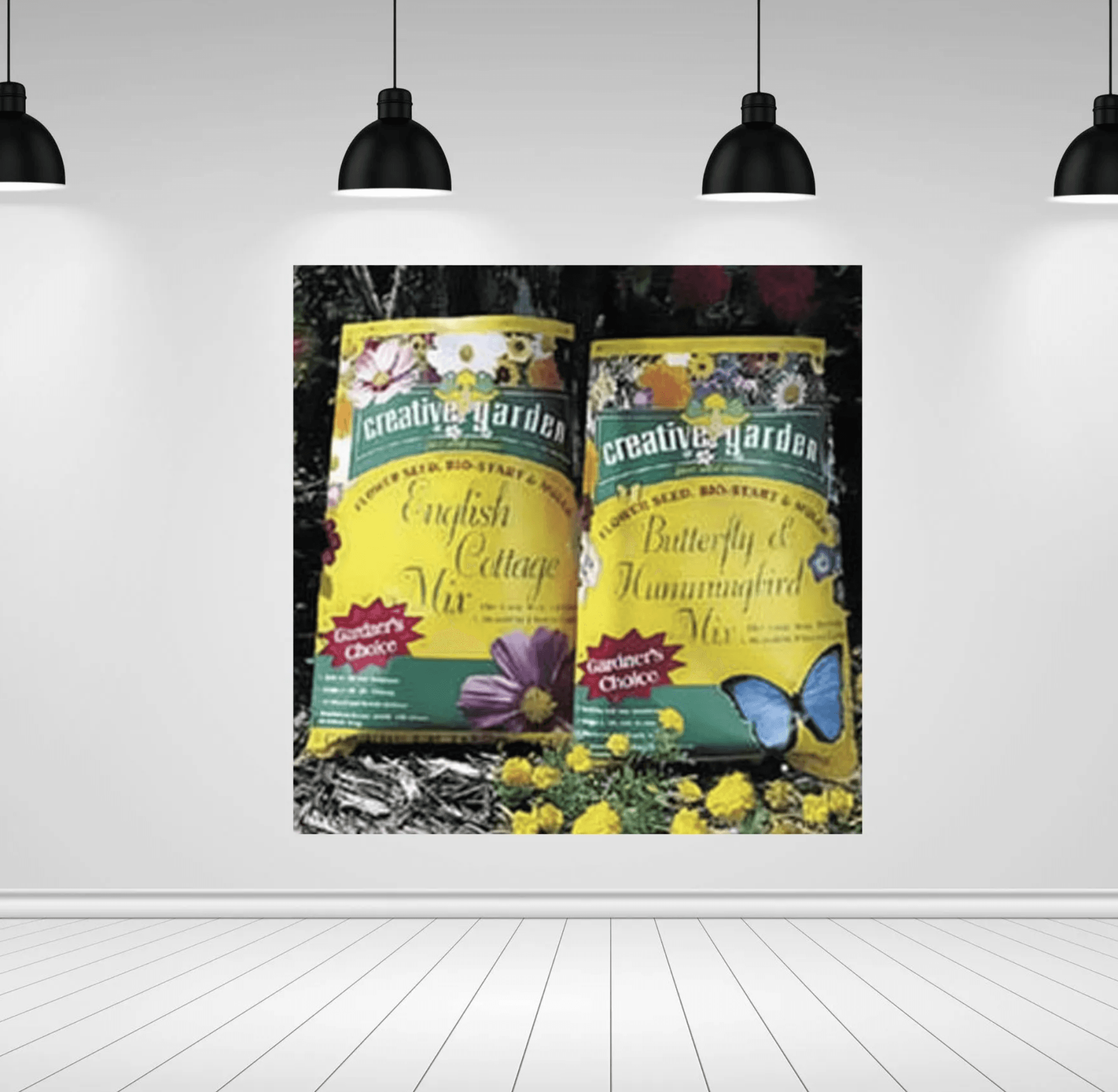Package designERS in Kansas City / Liberty MO
DON'T UNDER ESTIMATE THE POWER OF DESIGN
Package design isn’t just a superficial element—it’s a core part of your product’s marketing strategy.
It
plays a significant role in how your product is perceived, influences purchasing decisions, and ultimately contributes to the success of your brand. When choosing a designer,
it’s essential to find someone who understands both the creative and technical aspects of the design process, can tailor their approach to your target market, and knows how to make your product stand out in a crowded retail space. At hjdesign.net, we bring these qualities together to create packaging that not only looks amazing but drives results.
Why Package Design Matters:
Package design isn’t just a superficial element—it’s a core part of your product’s marketing strategy.
It plays a significant role in how your product is perceived, influences purchasing decisions, and ultimately contributes to the success of your brand. When choosing a designer,
It’s essential to find someone who understands both the creative and technical aspects of the design process, can tailor their approach to your target market, and knows how to make your product stand out in a crowded retail space. At HJ Design, we bring these qualities together to create packaging that not only looks amazing but drives results.
- Brand Recognition: Well-designed packaging reinforces your brand identity, making it memorable and instantly recognizable on the shelf. It’s your product’s first impression, and you want it to stand out.
- Grabs Attention: The retail space is crowded, and your product needs to attract attention in a split second. A great package design uses visual elements to make your product pop, compelling customers to take a closer look.
- Conveys Brand Values & Identity: Your packaging should tell a story about who you are as a brand, communicating your values and promises. Whether you’re eco-friendly, luxurious, or playful, your packaging design should reflect your unique personality.
- Protects the Product: Packaging isn't just for looks—it's designed to keep your product safe. A good designer knows how to balance aesthetics with functionality to protect the contents and maintain quality.
- Influences Purchasing Decisions: Consumers make split-second judgments based on packaging. Effective design not only grabs attention but also builds trust and communicates the benefits of the product clearly and confidently.
- Enhances the Customer Experience: The right packaging doesn’t just look good—it feels good, too. Whether it’s the texture, ease of use, or how it’s opened, the experience of interacting with the package contributes to the overall perception of the product and brand.
The Key Roll Of Your Packaging
Package design is important because it directly impacts brand recognition, influences purchasing decisions by grabbing attention on the shelf, conveys brand values and identity, protects the product, and contributes significantly to a positive customer experience, essentially acting as a key marketing tool for a product or company.
Key reasons why packaging design matters:
- Brand Recognition: A well-designed package helps consumers quickly identify a product and associate it with a specific brand, promoting loyalty.
- Shelf Appeal: Distinctive packaging design can stand out on store shelves, attracting customers and increasing the likelihood of purchase.
- Communicating Brand Values: Packaging can visually communicate a brand's personality, ethics, and quality through color schemes, materials, and design elements.
- Perceived Value: High-quality packaging can elevate the perceived value of a product in the consumer's mind.
- Product Protection: Packaging plays a crucial role in safeguarding the product during transportation and storage.
- Information Delivery: Packaging provides essential information like ingredients, usage instructions, and nutritional facts.
- Marketing Tool: Effective packaging can be used to promote new products, limited editions, or special offers.
- Sustainability Concerns:
Choosing eco-friendly packaging materials can positively impact brand perception among environmentally conscious consumers.
What to Look for When
Choosing a Package Designer
When selecting a designer for your packaging, it’s crucial to partner with someone who truly understands the multifaceted role packaging plays in your brand’s success. Here’s what you should look for:
1 Knowledge of the Printing Process: A great package designer understands the technical side of things, especially the printing process. This ensures that your design is not only beautiful but also feasible to produce, whether it’s the colors, finishes, or structural integrity of the packaging.
2. Understanding Consumer Behavior: An effective package designer knows why consumers make purchasing decisions. They understand what catches the eye, what conveys trust, and how to create designs that appeal to emotions. This insight helps them create packaging that not only draws attention but also motivates action.
3. Retail Shelf Awareness: A good designer knows how products are displayed in retail environments. They design packaging with shelf spacing and layout in mind, ensuring your product stands out in a crowded space and is easily visible from various angles.
4. Tailored to Your Target Market: Your packaging should speak directly to your audience. Whether your target market is young, eco-conscious consumers, or luxury buyers, a skilled designer will know how to create a design that resonates with the right people and reinforces your brand’s appeal.
Qualities of a Good Package Designer:
Creative Vision: They bring fresh, innovative ideas that help your product stand out in a competitive market while staying true to your brand.
- Attention to Detail: Great packaging design is about the little things—the choice of colors, typography, and materials that will connect with your customers.
- Problem-Solving Skills: They should understand the practical aspects of design, ensuring that packaging is functional, durable, and cost-effective while still being aesthetically pleasing.
- Collaborative Approach: A good designer listens to your goals and works closely with you to create a package that fits your vision while offering expert guidance on what works best.
- Expertise in Trends and Sustainability: The best package designers keep up with industry trends and are knowledgeable about sustainable packaging options, helping you make choices that reflect your brand’s forward-thinking values.





